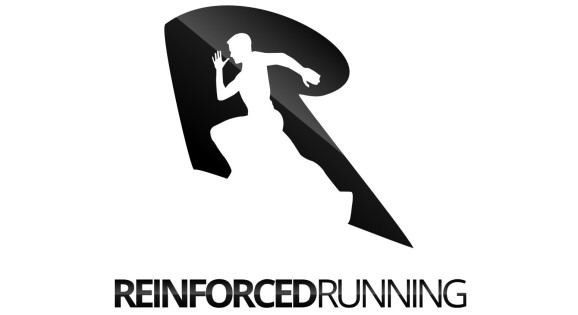Don’t let runner’s knee stop you from crushing your next personal record.
I met John and we talk running injuries. He came to me with chronic pain on and under his kneecap aka “Runner’s Knee”.
John said, “I’ve got bad knees. Everyone one in my family has knee issues. I guess I just have to deal with it.”
I empathize with John’s situation but disagree. Blaming genetics for setbacks is easy, but it is not always the case. John was in a dark place and was trying to come to grips with his constant injury issues.
“Runner’s knee” is an issue that plagues runners new and old. It’s a not a debilitating pain, but it leaves you dreading your run. It also sucks to live with.
As John and I worked together we learned his running form and muscle recruitment patterns were less than ideal. Yet, the good news was that John doomed to a life of chronic pain!
We then put together a plan so he could beat his “runner’s knee.”
After several weeks of hard work and sticking to a plan John was able to get back to running and living pain-free.
In this article, you learn how why you get runner’s knee and how to overcome this running injury.
What is runner’s knee?
Another term for runners knee is patellar tendonitis or jumpers knees. It is a dull pain “ache” pain that lives under or behind your kneecap. Tendonitis spawns form chronic inflammation and is often the caused by overuse.
Runner’s are susceptible to overuse injuries and are too stubborn to stop training. Yet rest alone is not always the best way to stop runners knee.
So, here are four steps you can take to improve your runner’s knee to keep running healthy.
Less stride for less pain.
An “overstride” causes extra motion throughout your body. Repetitive motion causes irritation or degeneration in the patellar tendon. Most knee pain for runners is in the patellar tendon.
How to shorten your stride of better knee alignment.
Speed up your cadence and force yourself to take shorter steps. The faster your cadence, the less time you will overstride. An ideal cadence will be closer to 180 steps per minute.
Not sure about your Cadence? Use a “running metronome” or the running app in Spotify to learn how fast your current cadence. Then speed your landing to 180 to see how much quicker you should strike the ground.
Many smartwatches come with cadence feedback. Check your watch data to find your current cadence.
Improve your running posture with forefoot landing.
Aim to land on your forefoot with each stride. When you land on your mid/forefoot, you will put yourself in better alignment with your hips.
An ideal landing will remain close to your center of gravity
A heel strike will land in front of your hips and will increase the motion during your stride.
**When you move from heel to forefoot, make sure you allow your heel to land on the ground with each step. Too often runners will run on their forefoot and stay on their toes. Toe landing puts a lot of strain on your calves. Allow your heel to drop to the ground to release tension.**
Tight quads lead to knee pain
Tight quads will put pressure on your knees. A tight muscle feels in a constant state of contraction. These tight muscles can lead to overuse injuries like tendonitis. Runners develop tightness through poor mechanics and lack of self-care.
Do the following three exercises to improve your quad mobility and stability.
Build a strong VMO for strong running.
As stated above, excess motion can cause overuse injuries. Your Vastus Medialus Oblique (VMO) is on the inside of your quads near your knee. In well-developed runners, it can look like a “second kneecap.” The VMO is part of the quadriceps muscle which handles knee extension and stability.
The VMO is hard to strengthen and running does not stimulate the VMO to help stability. To improve your knee stability train to hit the VMO.
Strong buns for stable landing.
Your glutes are critical for knee stability. Unneeded movement in your running stride is a result of a lack of glute activation and strength.
For runners, the gluteus medius is a problem area. The “glute med” is on the outside of your hips right behind your pelvic bone.
Here are four great exercises to build strength in your glute med
Strengthening the glute med requires a strong mind-muscle connection. Put your hands on your glutes to feel the glute “fire” and contract.
Athletes do not get the benefit of “runner” exercises because they do them wrong. Focus on where you “feel” the drill in your muscles. You may find you compensate for the lack of activation within your glutes. You will not get the benefit of strong buns when other muscles take over an exercise.
Your Runner’s Knee Pre-Hab Plan
Below is a pre-run warm-up routine and a post-run strengthening circuit to add to your workouts.
Side Plank Leg Lifts 2 x 10 each side
Quad Smash soft tissue work two mins each side
You are not doomed to poor knee health because your grandpa and mom both have bad knees. They have bad knees because they did not take the time or have the knowledge to strength and mobilize.
You are now equipped with the knowledge to beat your knee issues and continue to run long and consistent.
Want more strength workouts. Grab three full body strength workouts for runners here.


